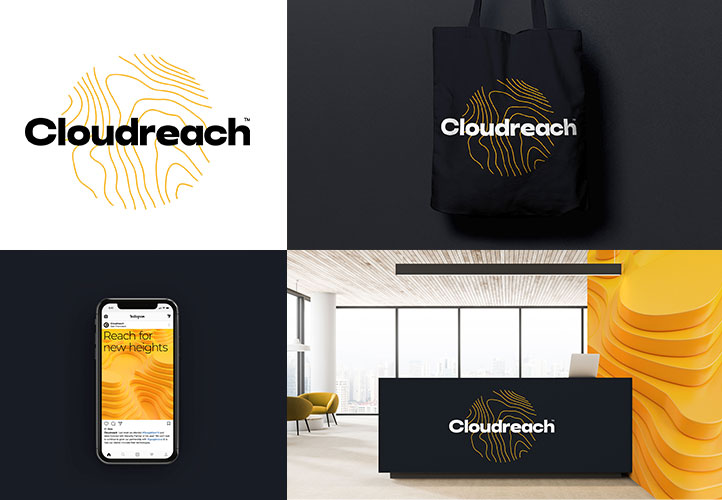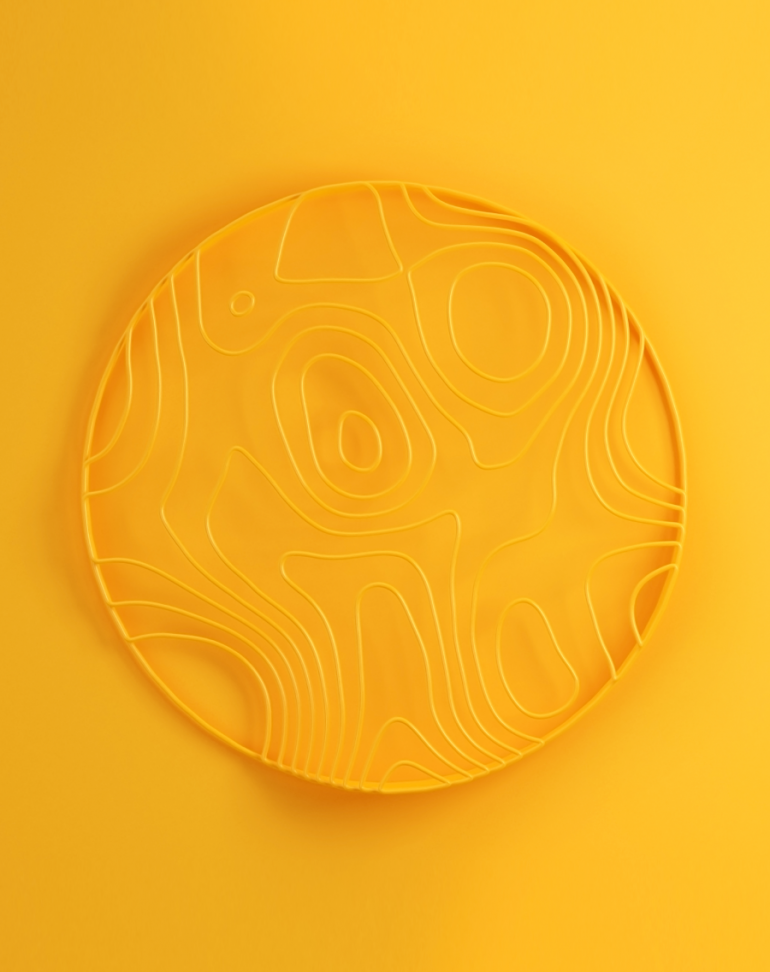In SMPL Q+A, we interview Siegel+Gale practitioners on all things relevant to branding, design, and simplicity. Here, we speak with Nick Miller, Senior Strategy Director, Deva Corriveau, Design Director, and James Barnes, Associate Director, Experience Design about our work with global cloud-native solutions provider Cloudreach. For more information about the branding partnership, read our press release.
What was the motivation to update the brand positioning?
NM: After a decade of steady growth, Cloudreach became one of the largest public-cloud only service providers on the planet. However, the company was at an inflection point—its founder was retiring, a new, outsider CEO was appointed, and private equity firm Blackstone invested a significant amount into the company. Cloudreach also purchased a software platform called Cloudamize, signifying a move from a service-only business to a software and service company, creating a larger architecture question about how to go to market. Additionally, the messaging was outdated and did not adequately represent the future of Cloudreach and what it had grown to become.
How does the new brand positioning set Cloudreach apart from its competitors?
NM: In B2B technology, technical capabilities and expertise are vital. Cloudreach has one of the most experienced teams being an original partner to Google Cloud and AWS. However, what Cloudreach offers extends beyond technology transformation; the brand provides cultural and personal transformation, as well. Customers would ask Cloudreach for team trainings, how to structure IT departments, and how to drive a complete mindset shift across the entire company beyond IT.
Did we create the tagline?
NM: Yes but it’s less of a tagline and more of a short-form version of the positioning; something more customer-facing and copy-friendly.

Can you talk a little about the concept behind the refreshed visual identity?
DC: Since Cloudreach has a unique approach in the category, we felt the brand needed a unique look and feel that would differentiate it from the competition. We veered away from familiar motifs often used in the tech space and instead, looked for an interpretation specifically tailored to Cloudreach’s unique offering and positioning. As a leader of the cloud-natives, Cloudreach has an innate understanding of the future, giving the brand the ability to help its customers be proactive and successfully navigate cloud migration. We drew inspiration from isobars—a tool to predict the weather through anticipating atmospheric change—to create artwork that references not only the cloud but also the high opinion of Cloudreach’s customers.
What was the inspiration for the iconography in the brand guidelines book?
DC: Cloudreach required a specific and robust set of iconography to reference its technologies, sectors, and products; we designed these to be sensitive to the brand illustrations.
However, a vital part of the project was to find a unique way to bring Cloudreachers—the people who work for Cloudreach—into the centre of the brand. We understood that as a rapidly expanding global company, we needed a sustainable and consistent way for Cloudreach to photograph its teams. We provided a set of guidelines and tools that allow local offices to capture portraits of both staff and customers. This process had the added benefit of engaging existing employees about the rebranding process.
What role did experience play in the engagement?
JB: We love to work on projects like this because we get the opportunity to bring a new identity to the world. For B2B brands, a brand’s website is often the first place that potential customers encounter their branding, so the experience must reflect the voice, the design, and the principles that underpin the identity. Keeping executional considerations in mind ensures a lot of interplay with different teams. Brand architecture informed our approach to surfacing some of Cloudreach’s offerings, and our approach, in turn, helped to validate some of that work.
What did you want to accomplish for the future of Cloudreach with the new digital experience?
JB: In designing the website, we sought to showcase the bold new identity, while helping Cloudreach to tell their story in a way that differentiated them in a competitive field. We accomplished this by finding ways for some of the most distinctive elements of the identity to live as foundational interface elements; we also were mindful of the need to allow Cloudreach to support and qualify their claims and credentials. We also knew their old, rigidly-templated site made it hard for Cloudreach’s marketing team to create new content. As a fast-moving company, Cloudreach’s offerings would likely change in the future, which required a design approach that accommodates changing needs. Our solution—a UI toolkit consisting of modular components, with a fully content-managed implementation—ensured that as Cloudreach desires to create new content to reflect their future directions, the website empowers their team to do so.
Our Cloudreach team includes Ben Osborne, Head of Insights; Laura Marino, Senior Account Director; Rob Williams, Account Director; Stephanie Down, Senior Account Manager; Camilla Butcher, Strategist; Nick Miller, Senior Strategy Director; James Barnes, Associate Experience Director; Deva Corriveau, Design Director; Mike Scott, Associate Creative Director; and Sara Varela, Designer.


